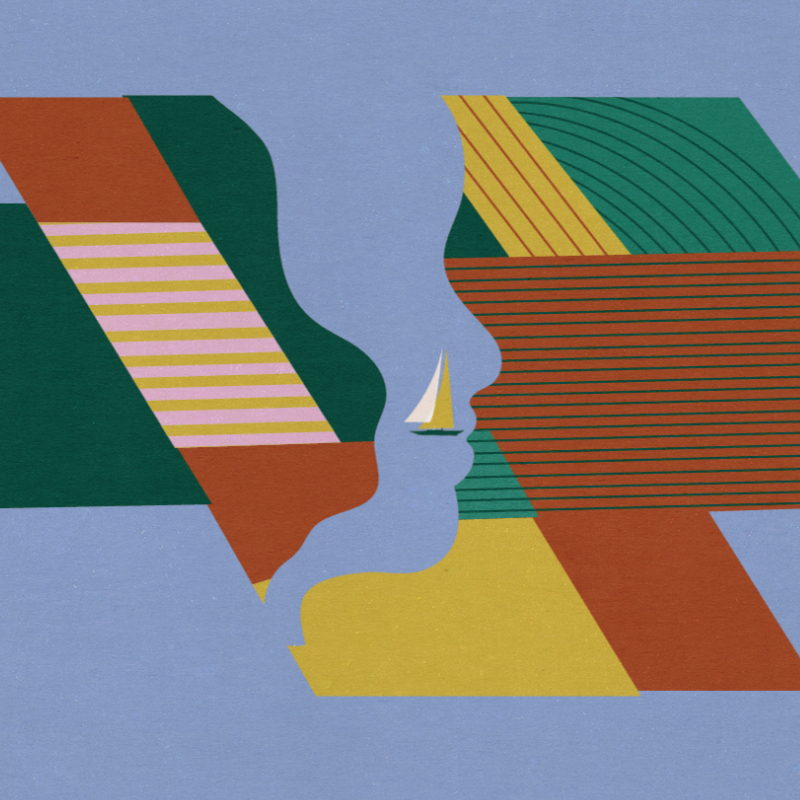Nemunas, or Where does the largest river in Lithuania start?
> BACK TO 100 STORIESListen to this text (Lithuanian):
The largest river in Lithuania is the Nemunas, it’s 937 km long. Only 359 km of the Nemunas is in Lithuanian territory, the rest of the river flows through Belarus and the Kaliningrad region of Russia. Lithuanians say that the Nemunas is the father of rivers, it is mentioned in the works of poets and folk songs. But few people know that the Nemunas is not always as wide as it is in Lithuania. The source of the Nemunas – the place where the river begins – is in Belarus. It is a simple drainage ditch used for draining the soil. The Nemunas has more than fifty tributaries which widen its riverbed. The journey of the father of Lithuanian rivers ends when it flows into the Curonian Lagoon.
In the thirteenth to fourteenth centuries, when the Lithuanians were fighting in the crusades, the Nemunas was important for defence. Many castles stood on the banks of the river and soldiers were stationed there. For a long time, the Nemunas was also important as a transportation route for people and cargo – it was used for transporting timber, grain and other agricultural products. Up until the end of the 19th century, the river was very important to Kaunas – hundreds of merchant ships arrived in the city by river. During the interwar period, the banks of the Nemunas became a popular place to relax – there were beaches where, as was the custom at the time, men and women bathed separately. Currently, the Nemunas is mainly used for transportation – Birštonas, Vilkija, Zapyškis, Kačerginė and Nida can be reached from Kaunas by river.
The Nemunas floods every year. Until the mid-twentieth century, the river constantly flooded some parts of Kaunas city. Residents then had to use boats to get to the shops on the central street of Kaunas, called Laisvės Alėja [Eng. Liberty Avenue]. The Church of Vytautas the Great suffered the most from the floods – sometimes the water reached the windows of the building. The floods were reduced after 1959 when the Kaunas hydroelectric power plant was built and the Kaunas Lagoon was dammed.
Many different plants and animals can be found on the banks of the Nemunas – 950 species of plants, 477 species of fungi, 56 species of mammals and about 200 species of birds have been counted. Some plants and creatures are so rare that they are listed in the Lithuanian Red Data Book for endangered species. For example, highly protected common terns and little terns nest on the banks of the Nemunas. There are fifteen endangered species of plants growing in the Nemunas delta, formed where the river enters the sea. Birds also flock there, sometimes up to three hundred thousand birds fly by there per day, so a bird ringing station was set up in Ventė Cape. Aquatic warblers, great snipes, white-tailed eagles, dunlins, black-necked grebes, ruffs, and black-tailed godwits – all of which are currently in danger of extinction – breed in the delta of the Nemunas.

